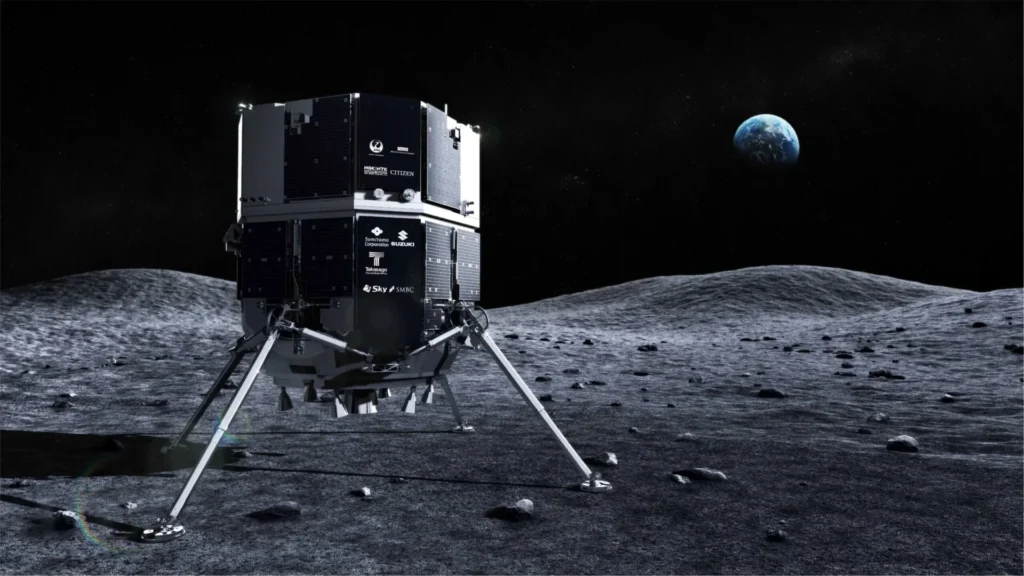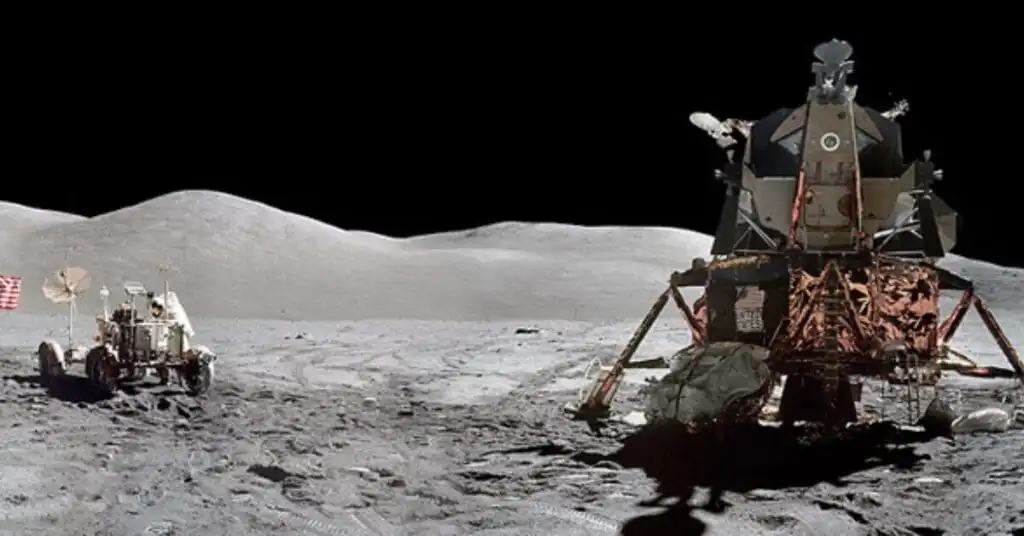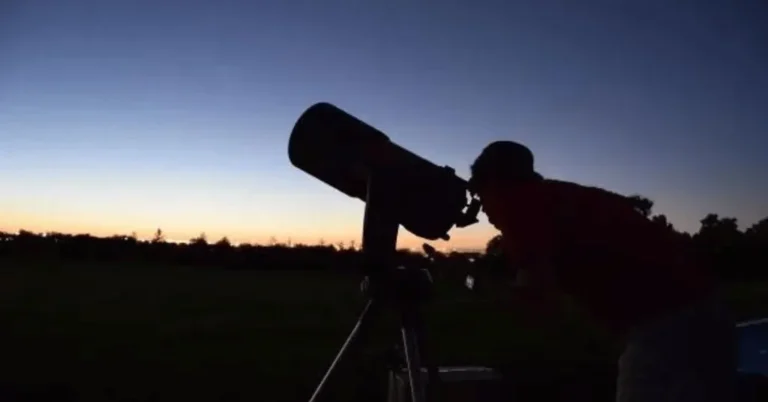Can Telescopes Really See the Moon Landing Site – Reveling the Mystery
As the night sky beckons, there’s a collective human yearning to reach the heavens. For space enthusiasts, the lingering magic of the Apollo missions holds an irresistible fascination. But here’s a question that has sparked countless debates among stargazers and the curious public: can telescopes on Earth spot the moon landing sites? The pursuit of answering this has become akin to understanding our history from this terrestrial lens upwards, or in this case, outwards. Join us on a thrilling quest to reveal the truth that orbits this lunar mystery.
Gazing Through Earthbound Eyes: Can Telescopes See the Moon Landing Site?
Historical and modern telescopes have continually redefined our vision of the cosmos. Yet even the most powerful telescopes have limitations originating from physics and the Earth’s atmosphere. This raises skepticism: Could these instruments resolve the remnants of our first giant leap?
Historically, the finest optical telescopes could resolve objects on the Moon’s surface as small as 300 meters across an impressive feat, but this capability dwarfs the Apollo lunar modules. The crux lies in the optical resolution necessary to distinguish these human-made structures from the lunar landscape and the turbulence in our atmosphere. This is the bane of clarity for telescopic viewers.
The View from Ground Control
In response to the widespread question, leading astronomers and space organizations have repeatedly explained that despite advances, even the largest telescopes face an image quality hurdle due to ‘seeing’—the atmospheric distortion that sculpts the clarity of celestial objects. This commonly dictates our telescopic moon views, which shimmer and blur on the clearest nights. However, some speculate that precise adaptive optics and innovative telescope arrays might someday achieve the necessary resolution.
Capturing the Footprints from Afar
In a literal shot in the dark, several space missions provided a more direct look at the Apollo remnants. Lunar reconnaissance satellites, orbiter missions, and, most notably, the Lunar Reconnaissance Orbiter (LRO) have imaged the Moon’s surface, capturing our first footprints in picturesque detail.
The Amateur Stargazer’s Perspective
The collective passion of amateur astronomers has steered their telescopic pursuits to capture the landing sites. Albeit a substantial challenge, several enthusiasts have claimed to spot the locations of moon landings, fueling both skepticism and inspiring others to test the limits of their equipment. While their commitment is commendable, skepticism remains high due to the lack of any telescope-based images definitively showing the Apollo hardware on the lunar surface, a problem that ignites the collective imagination angle more ardently.
Unveiling the Myth from the Reality
Rumors abound, with some asserting that they’ve captured the Apollo hardware on camera. However, most of these claims do not withstand scrutiny, often due to misidentified features. The truth, however, is out there—verified images from LRO and, interestingly, amateur satellite imagery have shown the Apollo remnants. These confirmations relegate earlier assertions from the ‘impossible’ category to the realm of ‘absolutely feasible,’ making every aspiring lunar telescope photographer’s case less of a moonshot and more of a matter of timing and equipment quality.
Looking Ahead to the Next Lunar Landing

The future of these lunar observations is bright, with planned missions such as the Chinese Chang’e series and NASA’s Artemis, which aims to take humans to the Moon and establish a sustainable human presence. The influx of data from these missions will rewrite our lunar inventory, with resolutions far more stunning than what Apollo’s 70s-era lenses could provide. This burgeoning dataset will become the new backdrop against which ground-based telescopes will continually, and with heightened confidence, search for the subtle evidence of our first voyage.
The Role of the Lunar Observer in the Future
What’s particularly exciting about the prospect of lunar observation isn’t just the domain of massive space agencies. The future of space exploration, which will include continuous human presence on the Moon, also beckons a surge in public interest and amateur contributions to lunar research. With higher-resolution images, the onus will shift to these ground-based stargazers to take observations to the next level, offering a perspective not just for the elite in the vast space community but for all who dare look up.
Conclusion
The ability of telescopes on Earth to peer at the Moon’s pockmarked surface, mainly as it played host to humankind’s most celebrated feats, is a testament to the advancements in technology and the tenacity of human curiosity. As we stand on the precipice of a new era of lunar exploration, the line of sight from our observatories to the Moon will undoubtedly become more precise. And so, while the debate of seeing the moon landing sites continues, it’s worth pondering—how far will you go to capture a moment that continues to capture the world?
FAQs
Can telescopes on Earth really see the moon landing sites?
While some have claimed to spot the landing sites with their telescopes, the official confirmation of these locations has come from satellite and spacecraft imagery.
What are the limitations of using telescopes on Earth to view lunar objects?
The main obstacles are atmospheric distortion caused by turbulence and the limited optical resolution of telescopes.
Will the future of space exploration involve amateur contributions to lunar research?
With technology advancements, amateur astronomers play a crucial role in observing lunar activities. Look up at the moon for secrets waiting to be revealed. The possibilities are endless! Happy stargazing! Remember, “the sky is not the limit!”
Can I photograph the Moon through my telescope?
Yes! With the right adapters or a smartphone mount, you can capture stunning lunar images. Start with full moon shots, then try phases and eclipses for variety.
What telescope is best for viewing the Moon’s surface?
A refractor or a reflector telescope with at least 70mm aperture works well. Higher magnification reveals craters, ridges, and maria with impressive detail.







